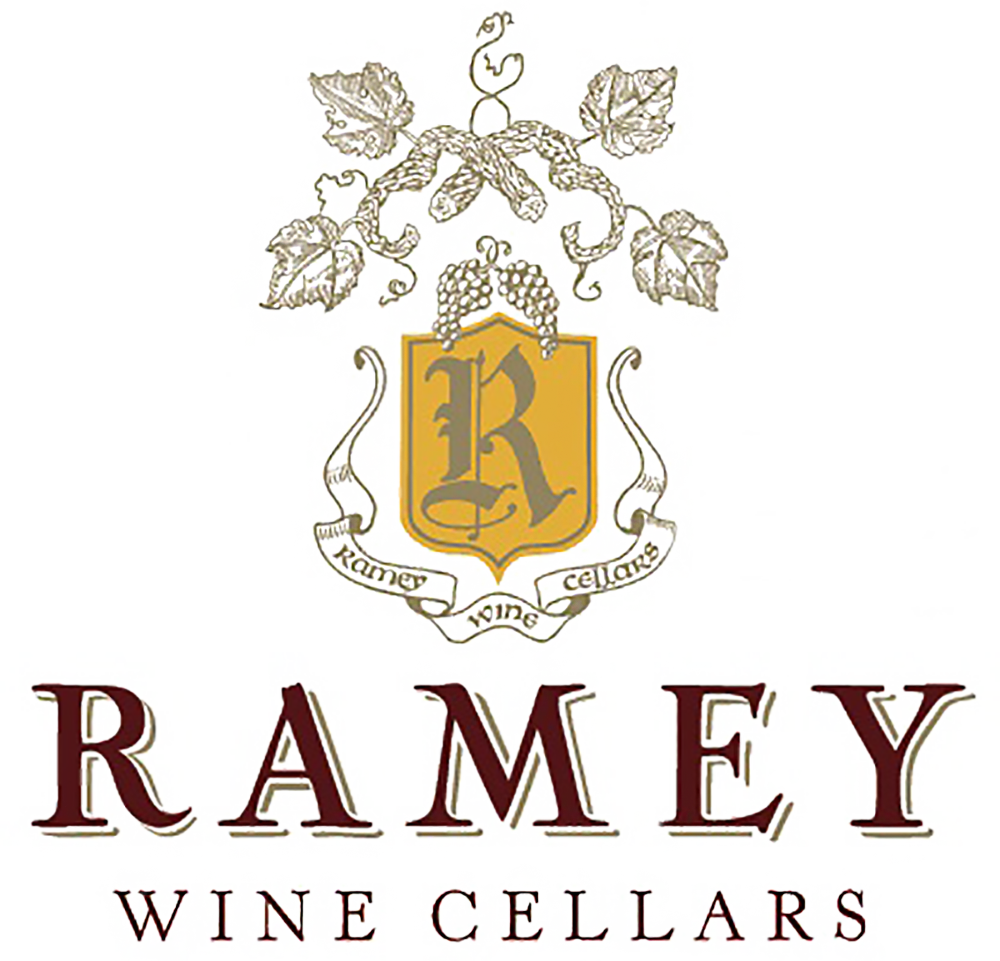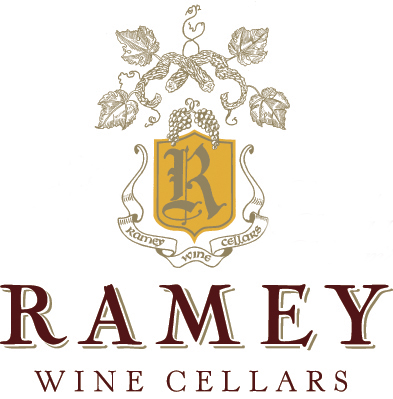Research
Throughout his career, David Ramey introduced artisanal winemaking techniques in California. David’s groundbreaking work with indigenous yeasts, sur lies aging and malolactic and barrel fermentation yielded a new California Chardonnay style that was more lush and complex. David earned a graduate degree from the University of California at Davis, where his 1979 thesis on volatile ester hydrolysis (translation: how aromas evolve in wine) is still used today to understand how wine ages. Below you can explore his lectures and research on winemaking.
Volatile Ester Hydrolysis or Formation during Storage of Model Solutions and Wines
Volatile esters are introduced into wine primarily by yeast during fermentation. Although small quantities of esters are present in grapes prior to fermentation, the amounts are negligible compared to those introduced enzymatically by the yeast.
Effects of Skin Contact Temperature on Chardonnay Must and Wine Composition
Chardonnay grapes from a single vineyard block were held after crushing for 20 to 25 hours at four different temperatures between 9°C and 30°C, pressed, and vinified separately but identically.
Low input winemaking—let nature do the work
Recent decades of new world winemaking have been informed by university research and directed toward making clean, sound wines with an emphasis on fruit flavours.
“Focus on Chardonnay” Symposia
2003: Balance and Style
1998: A Comparison of Winemaking Methods in California and Burgundy
1994: Indigenous Yeast

